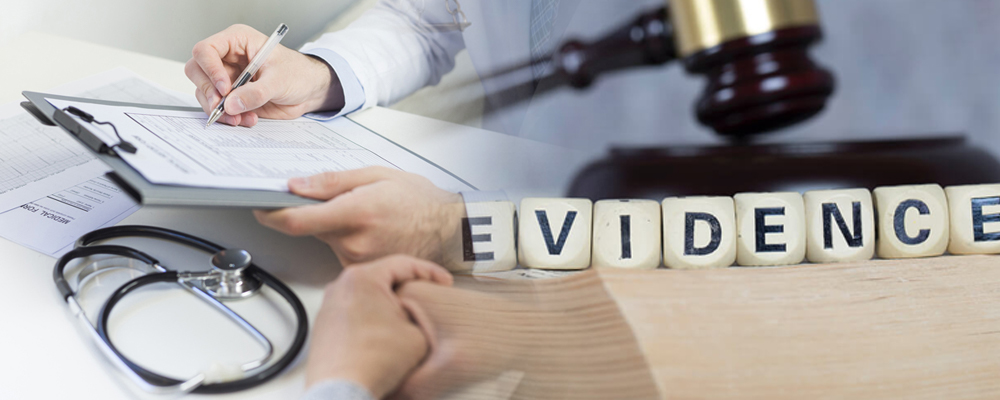Free Courses Sale ends Soon, Get It Now


Free Courses Sale ends Soon, Get It Now



Copyright infringement not intended
Picture Courtesy: www.leadindia.law
Context: The principles laid down by the Supreme Court for examining the admissibility of secondary evidence under the Indian Evidence Act 1872, are centered around the hierarchy of evidence and the circumstances under which secondary evidence can be admitted when primary evidence is unavailable.
Details
Primary Evidence
Secondary Evidence
Principles for Admissibility of Secondary Evidence (as interpreted by the Supreme Court):
These principles underscore the significance of primary evidence and the conditions under which secondary evidence can be admitted, ensuring the reliability and authenticity of evidence presented in court.
Conclusion
Must Read Articles:
SECTION 106 OF THE EVIDENCE ACT: https://www.iasgyan.in/daily-current-affairs/section-106-of-the-evidence-act
SECTION 27 EVIDENCE ACT: https://www.iasgyan.in/daily-current-affairs/section-27-evidence-act
|
PRACTICE QUESTION Case Study: Mary is involved in a lawsuit where she needs to prove ownership of a valuable antique piece that was stolen from her possession. Unfortunately, she lost the original bill of sale and ownership documents in a fire accident at her residence. To support her claim, Mary presents the following evidence: 1. Photographs: High-resolution images of the antique piece showcasing unique markings and distinctive features. 2. Witness Testimony: Statements from two neighbours who frequently visited Mary's home and can confirm the presence of the antique piece before it was stolen. 3. Expert Appraisal: A certified antique expert's assessment confirms the authenticity and value of the antique piece based on photographs and detailed descriptions. Q. Which of the following statements regarding secondary evidence in this scenario is true? A) None of the presented evidence can be considered secondary evidence. B) Only the witness testimony qualifies as secondary evidence. C) All three presented types of evidence qualify as secondary evidence. D) Both the photographs and expert appraisal qualify as secondary evidence. Answer: D Explanation: The correct answer is D) Both the photographs and expert appraisal qualify as secondary evidence. Secondary evidence refers to evidence that is not the original document or item but serves as a substitute to prove the contents of the original. In this case: 1. Photographs: These high-resolution images serve as secondary evidence as they replicate the visual aspects of the original antique piece, helping establish its identity and unique features. 2. Expert Appraisal: Even though the expert appraisal is based on descriptions and photographs rather than the original documents, it serves as secondary evidence by confirming the authenticity and value of the antique piece. 3. Witness Testimony: Witness testimony typically falls under primary evidence, as it directly reflects personal observations or experiences. It doesn't strictly fit the definition of secondary evidence in this scenario. By understanding the nature of secondary evidence and its role in legal proceedings, it becomes apparent that both the photographs and expert appraisal serve as secondary evidence to support Mary's claim of ownership. |
© 2024 iasgyan. All right reserved